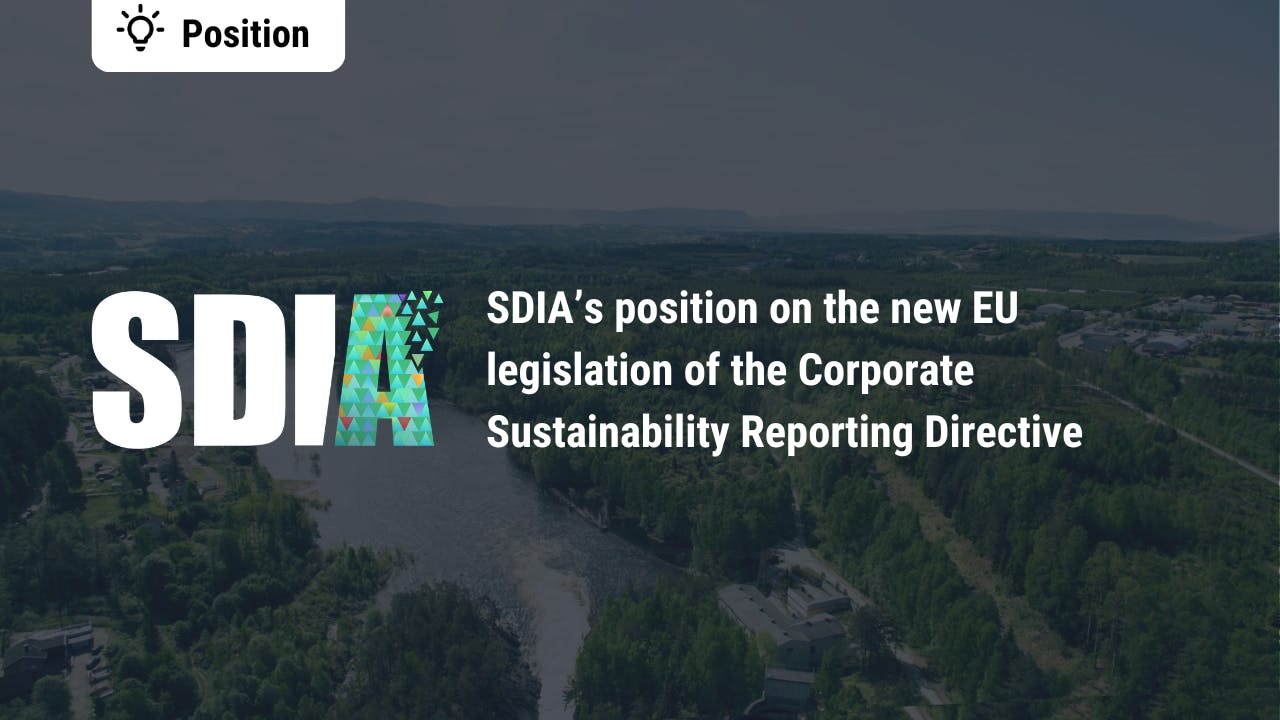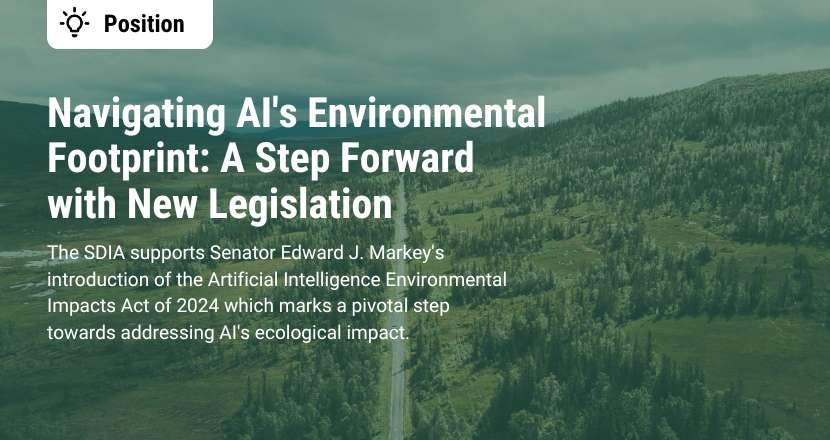What will the new EU Corporate Sustainability Reporting Directive (CSRD) mean for the future of digital infrastructure?
Non-Financial Reporting Directive (NFRD)
In 2014, the European Parliament passed legislation on the Non-Financial Reporting Directive (NFRD). Together with the Sustainable Finance Disclosure Regulation (SFDR) and the Taxonomy Regulation, these are the central components of the sustainability reporting requirements supporting the EU’s sustainable finance strategy. The main purpose of this legal framework is to create a consistent and coherent flow of sustainability information in the financial value chain. The first time companies had to report on this was in 2018 for the 2017 fiscal year.
The SDIA believes that at the time of implementation of this framework had the best of intentions. It is certainly important that the business and financial sectors improve transparency regarding their environmental impact. However, we do not find the NFRD to be very ambitious as firstly, it only applies to “[l]arge undertakings which are public-interest entities exceeding on their balance sheet dates the criterion of the average number of 500 employees during the financial year”. In addition, the reporting requirements are open to interpretation, leading to differing opinions on ‘what is relevant to the particular business’. Thirdly, there are no sanctions in place for failing to meet the requirements, which raises important questions regarding regulation.
In a recent press release, the Council of the EU shared more information on the NFRD and why it requires updating, highlighting the disconnect between the information that the NFRD provides and the information that users actually want. The functionality is also an issue as it is not machine-readable, making it difficult to work with. The press release also mentions the need for “more detailed reporting requirements”.
Corporate Sustainability Reporting Directive (CSRD)
Partly in response to the areas for improvement highlighted above, the European Commission brought forward a proposal to update the NFRD called the Corporate Sustainability Reporting Directive (CSRD) in 2021. “Compared to the NFRD sustainability reporting requirements, the principal novelties of this proposal are to:
- extend the scope of the reporting requirements to additional companies, including all large companies and listed companies (except listed micro-companies);
- require assurance of sustainability information;
- specify in more detail the information that companies should report, and require them to report in line with mandatory EU sustainability reporting standards;
- ensure that all information is published as part of companies’ management reports, and disclosed in a digital, machine-readable format.”
The proposal aims to include more companies, namely listed small to medium enterprises (SMEs), with the exception of listed micro-enterprises. Reporting will begin on 01 January, 2024 (covering the 2023 fiscal year).
The SDIA applauds the CSRD’s stipulation regarding the publication of reports in a digital, machine-readable format, as this will enable the SDIA to compare data and analyze it more effectively. Likewise, we agree with the directive’s goal of greater corporate transparency relating to environmental impact. Such changes align with SDIA’s belief that information and data on sustainability should be treated similarly to financial information and data.
The CSRD’s implementation timeline is certainly ambitious, especially in comparison to that of the NFRD. However, greater clarity on mandatory and non-mandatory reporting standards is of the utmost importance, and needs to happen as soon as possible so that companies can begin to prepare and collect the right information. With the appointment of EFRAG to oversee EU recommendations on mandatory standards and the best course of action for implementation, the SDIA hopes it will include sustainable digital infrastructure as one of the key elements required in reporting information.
The SDIA looks forward to learning more about this initiative, and hopes it will include thorough information enabling us to assess the true environmental impact of businesses. Such information will also help measure the impact of digital infrastructure and work towards our goal of a Sustainable Digital Infrastructure by 2030.

.jpg?ixlib=gatsbyFP&auto=compress%2Cformat&fit=max&rect=0%2C44%2C600%2C800&w=600&h=800)


